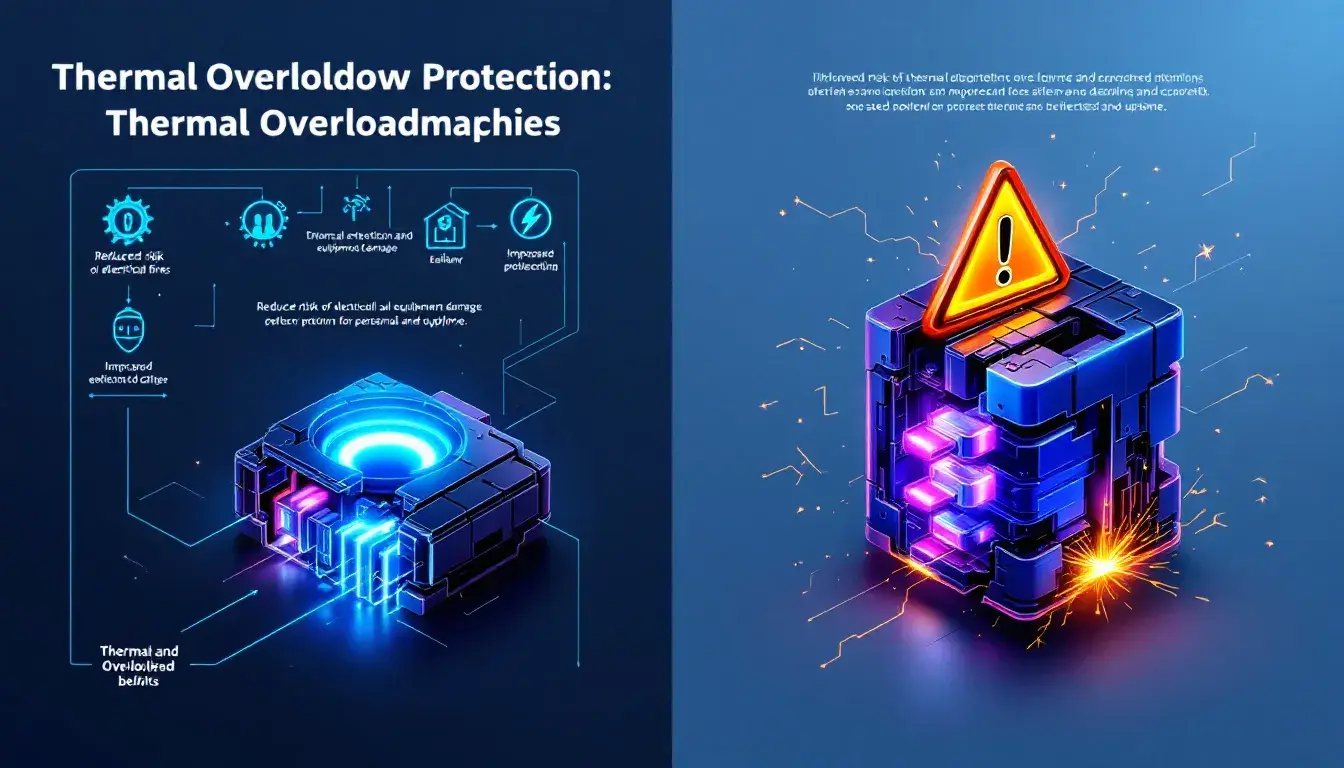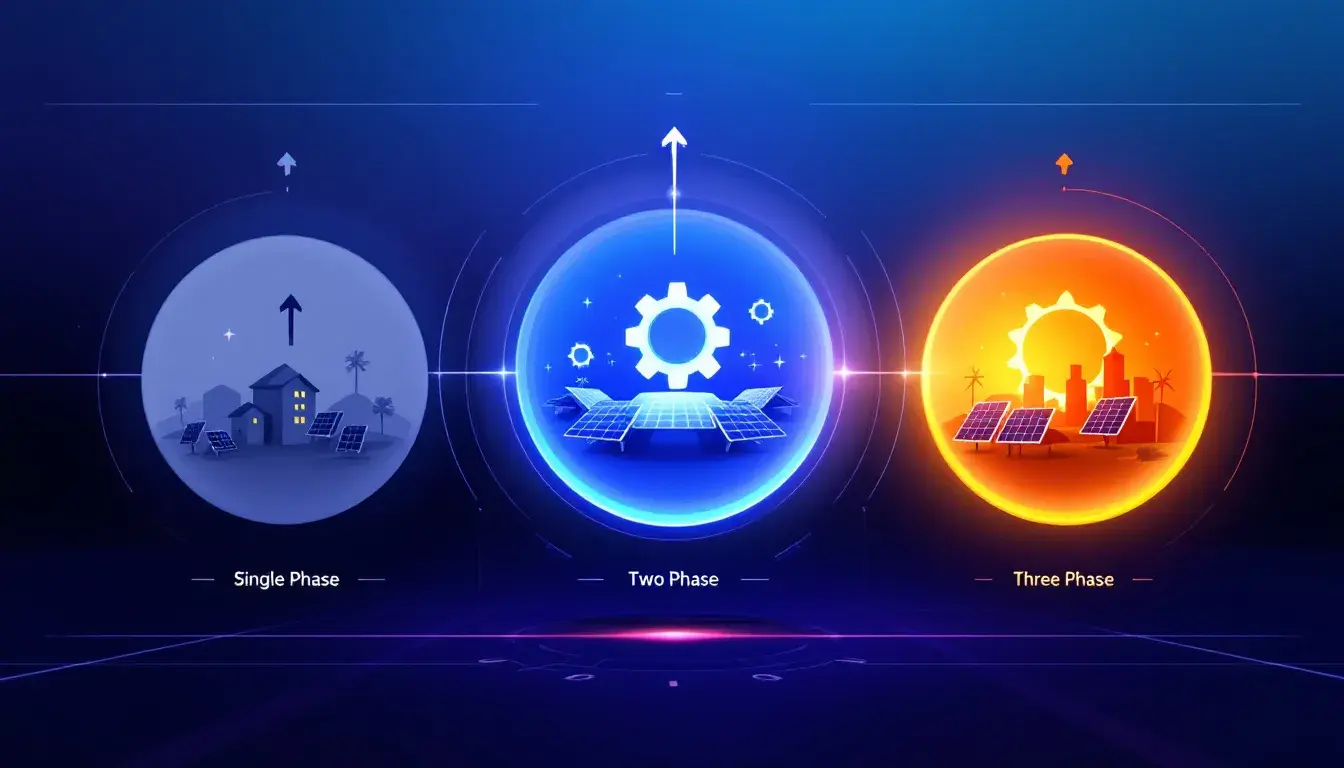Learn the Different Electrical Panel Box Sizes and Why They Matter
Table of Contents
ToggleWhen building or renovating a home, it’s essential to understand the different electrical panel box sizes and their importance in ensuring the safety and functionality of your electrical system. Whether you need a large panel to support the entire home or a smaller one for an accessory structure, selecting the correct size is crucial for meeting your power needs. While you can find a relatively affordable panel for under $2000, ensuring you choose the right capacity for your electrical requirements is key.
Electrical panels come in various sizes, depending on your needs. Smaller panels can be sufficient for a house with fewer appliances, while larger ones are needed to support homes with more extensive electrical systems. In addition to the main electrical panel, you might consider adding a smaller panel to support a garage, workshop, or another accessory structure on your property.
In this article, we will guide you through understanding the different electrical panel box sizes and how to choose the right one for your home.

What Is an Electrical Panel Box?
An electrical panel is a critical component in your home’s electrical system. It serves as the main distribution hub, where circuit breakers and fuses are located. These breakers protect your home’s circuits from overloads and potential hazards. Electrical panels, also known as circuit breaker panels, distribution boards, or breaker panels, can be installed both indoors and outdoors depending on your needs.
The main function of the panel is to manage the distribution of electricity throughout the home. It provides a means to control power flow and offers a central point where you can turn off power when necessary for maintenance or safety.
Electrical Panel Box Sizes
Choosing the correct electrical panel size is essential for a safe and efficient electrical system. Below are common panel sizes used in homes:
100 Amp 30/60 Electrical Panel Box Size
In residential settings, a 100 Amp 30/60 electrical panel is a standard option, providing space for up to 30 single breakers or 60 tandem breakers. This panel size is sufficient for most smaller homes with basic electrical needs. However, it’s always wise to consult with a licensed electrician to ensure that this size is appropriate for your specific requirements.
100 Amp 60/120 Electrical Panel Box Size
A 100 Amp 60/120 panel is slightly larger and can accommodate up to 60 single breakers or 120 tandem breakers. This option is ideal for homes that require more circuits but are still within a typical 100 Amp range. This panel meets the National Electrical Code (NEC) standards, which mandates that all homes should have a 100 Amp or 60/120 circuit electrical panel.
125 Amp Electrical Panel Box Size
For small to medium-sized homes, a 125 Amp electrical panel may be more appropriate. This size is commonly used in commercial buildings but is also suitable for larger residential setups with more electrical demand. It can accommodate more breakers and provide better protection for your electrical system.
200 Amp Electrical Panel Box Size
A 200 Amp electrical panel is often the best choice for larger homes or those with higher electrical demand. This panel size can handle numerous circuits and high-powered appliances such as air conditioning systems and electric stoves. A 200 Amp panel is particularly suitable for newly constructed homes or those undergoing significant renovations.

Need Custom Electrical Panel Boxes for Your Project? Talk to Our Experts Today!
Why Should You Consider the Size of an Electrical Panel Box?
Selecting the right electrical panel size is crucial for maintaining a safe and functional electrical system. A panel that is too small for your home’s needs can lead to circuit overloads, tripped breakers, and potential hazards. Conversely, installing an oversized panel may result in unnecessary costs without any additional benefit.
Key Considerations for Electrical Panel Size:
- Appliance Load: Consider the number and type of appliances you’ll be using.
- Future Expansion: Think about any planned electrical upgrades, such as new appliances or additional rooms.
- Electrical Code Compliance: Ensure your chosen size meets local building codes and safety standards.
Frequently Asked Questions (FAQ)
What is the difference between 100 Amp and 200 Amp panels?
- A 100 Amp panel supports standard residential needs, while a 200 Amp panel is better for larger homes or high-demand setups, such as homes with multiple appliances.
How do I know what size panel my home needs?
- Consult an electrician for a load calculation. This will consider your home’s size, the number of appliances, and future electrical needs.
Can I install a 200 Amp panel in a smaller home?
- While it’s possible, a 200 Amp panel may be more than necessary for a small home. A 100 or 125 Amp panel might be more cost-effective unless future upgrades are planned.
What happens if I choose the wrong panel size?
- A panel that is too small can overload, causing frequent trips and potential fire risks. An oversized panel can be costly without added benefits.
Electrical Panel Box Sizes Outside Your Home
For homes with external electrical needs, such as a garage, workshop, or garden building, the electrical panel size may need to be adapted for outdoor conditions. Outdoor panels should be weatherproof and capable of handling the specific electrical load of the external structures. It’s important to choose a panel designed for outdoor use to ensure longevity and safe operation in varying weather conditions.
Conclusion
Choosing the right electrical panel box size is crucial for ensuring the safety and efficiency of your home’s electrical system. For more details on top electrical control panel manufacturers, you can check out our Top Electrical Control Panel Manufacturers List, and to learn about the differences between panelboards and switchboards, visit our article on Panelboards vs. Switchboards.
Tel: +86-577-88671000
E-mail: ceo@tosun.com
Skype: tosunelectric
Wechat: +86-139 6881 9286
WhatsApp: +86-139 0587 7291
Address: Room No.1001 Wenzhou Fortune Center,Station Road, Wenzhou, China
REQUEST A QUOTE
WhatsApp us
 : +86-139 0587 7291
: +86-139 0587 7291 English
English Español
Español Русский
Русский Français
Français العربية
العربية Português do Brasil
Português do Brasil Українська
Українська Türkçe
Türkçe Polski
Polski Nederlands
Nederlands Italiano
Italiano Bahasa Indonesia
Bahasa Indonesia हिन्दी
हिन्दी اردو
اردو አማርኛ
አማርኛ Հայերեն
Հայերեն ไทย
ไทย Монгол
Монгол فارسی
فارسی Shqip
Shqip Ελληνικά
Ελληνικά



